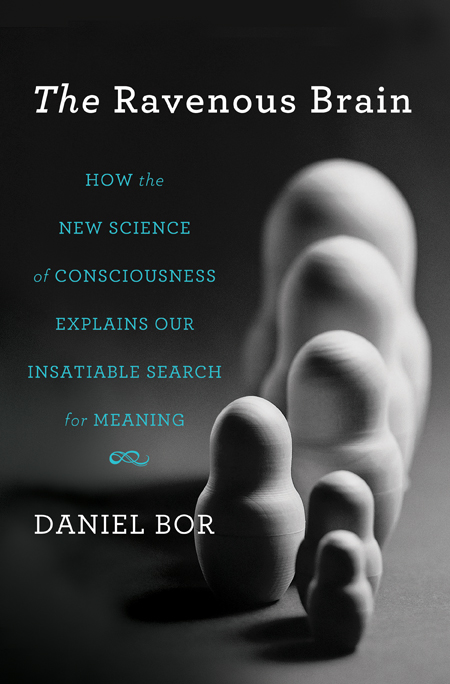I don't know what it is about the spring but it seems to be the time when the stock market conspires to teach me that I can't always have it my own way. This year I have lost on gold - all sold now, I've lost on shares because I got my timing was wrong, my GVC holding pulled back just after the turn of the year (5th April) and now I am losing on the short positions I took out last week. It could be worse but staring at the size of my accumulated losses makes me sad.
Can I learn from this? I suppose. Avoid buying new shares unless the market looks really strong. Be much more careful about going short.
There may be help at hand. I have mention Vector Vest many times. It is the system I now use for picking shares. Fine when I get my timing right, lousy when I get it wrong. Luckily for me I make more when I'm on a roll than I lose on the downside. Still, as school reports are wont to say: " Could do better."
Vector Vest has a very sophisticated system for measuring timing.
- It starts off by measuring the way the market has moved since yesterday and since 5 days ago. It awards a red, yellow or green light (unfavourable, neutral, favourable)
- It uses a propietary indicator called the Relative Timing Index which measures the momentum in the market. This anticipates changes in direction. Again a red, yellow or green light
- Each share in the market is rated a buy or sell based on its fundamental qualities and its individual price movement and momentum. The ratio of buys to sells is measured and the shift in the ratio is used as an indicator of the health of the market. Another red, yellow or green
- The three indicators are amalgamated to create the market timing index providing a further measure of what is happening.
- Short and medium term trends are assessed as up or down, using these measures
- Looking at the longer term, two weekly movements are assessed to provide a measure of how the market is pointed providing a confirmed up or down
These measures provide guidance as to whether to be in the market or not. A recent refinement has been the addition of a moving average indicator. The 15 day and 10 day moving averages of the market are measured and when the 10 day is below the 15 day it is seen as negative for purchases even when the lights are green but when the 10 day crosses above the 15 day, it is a good time to act on buy signals.
With all of this complexity I have been daunted and have failed to use the market timing feature properly. But I have got my timing wrong too often and feel an urgent need to get my head round these signals. Never let it be said that I am unwilling to learn from my mistakes.
My latest error was to short the market when Vector Vest was sending out neutral signals. These turning points always spell danger. I should have learnt by now to stay away.
As I write the market has turned from the bullish signals that the futures market was showing. I shall hold on to my shorts until the situations becomes clearer.
Kindling
I have just finished reading a fascinating book: The Ravenous Brain by Daniel Bor. Bor began his studies in philosophy but moved to neuroscience, which is on the cusp of proving that there is no distinction between mind and body. I plan to review the book shortly. In the mean time you can find a short extract here.
I read the book on Kindle and found it a deeply frustrating experience.
Kindle is my preferred way to read books. I am slightly dyslexic and I like to blow up the size of the print. which increases my reading speed by some 50%. Then there are all the other advantages. Because the book is on my mobile phone, it is always with me, I can read on a variety of devices, I can carry around a veritable library, I can buy new books almost instantly, wherever I am, and download them rapidly.

Don't the people who design e-readers realize that they are working with computers, which are past masters at hopping happily from place to place? Gone are the days of reading in a straight line.
At the very least, they could provide a "go back function." If you skip forward to look at a reference, there should be an automatic method to get back to where you were.
More is also needed but this is an indispensable function. Why has no-one thought to implement it? Better facilities for viewing diagrams would also help.
If e-readers want to move into the world of non-fiction books and serve their readers properly, they need to up their game.

1 comment:
Not very long ago I may have put you off MNST as I didn't see the appeal of it. Now, however, it has appeared at the top of my U.S. stocks watchlist. I still wouldn't buy U.S. stocks just yet but I felt obliged to mention it. Incidentally, I use VectorVest too, alongside Sharescope Plus.
Post a Comment